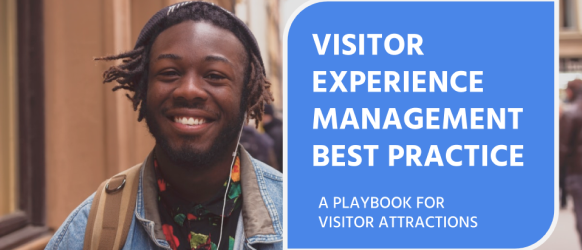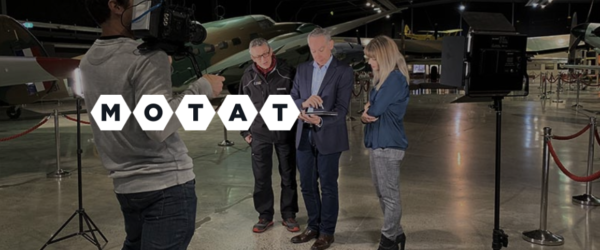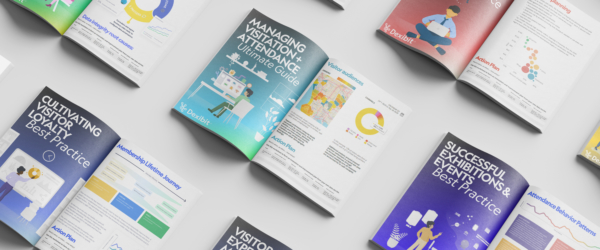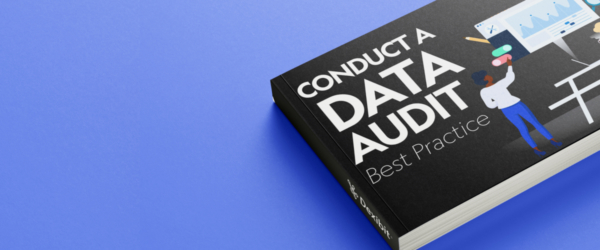United States Olympic and Paralympic Museum

“The number one operational change we made through our first summer season was to open earlier – based on our booking demand, entry timings and capacity flow. In Colorado, ours is a crowd that rise early and get out and do things; we saw that in our data and had to respond. It made a significant difference for us in our operation.”
Robert Bready
– VP Museum Operations,
U.S. Olympic & Paralympic Museum
Creating a gold standard experience
How Dexibit’s analytics enhanced the United States Olympic & Paralympic Museum’s data journey.
It’s no surprise that Architectural Digest named the United States Olympic & Paralympic Museum (USOPM) one of the most anticipated buildings globally in 2020. With visitor intelligence at the heart of its design, the USOPM has continued to put its community first in its mission of honoring the Olympic and Paralympic ideals and sharing its achievements with the world.
Built in collaboration with Gallagher & Associates, an internationally recognized museum planning and design firm, the USOPM is a 60,000 square foot museum located at the base of the Rocky Mountains in Colorado Springs. The museum was designed to welcome 350,000 visitors annually.
Initially built to be completed in time for the 2020 Olympic and Paralympic Games, the museum is only 2.4 miles away from the United States Olympic & Paralympic Training Center. It is at this flagship training center that dreams are turned into reality for many Olympic and Paralympic hopefuls. Here athletes dedicate themselves to their sport, pushing the bounds of human potential to the next level.
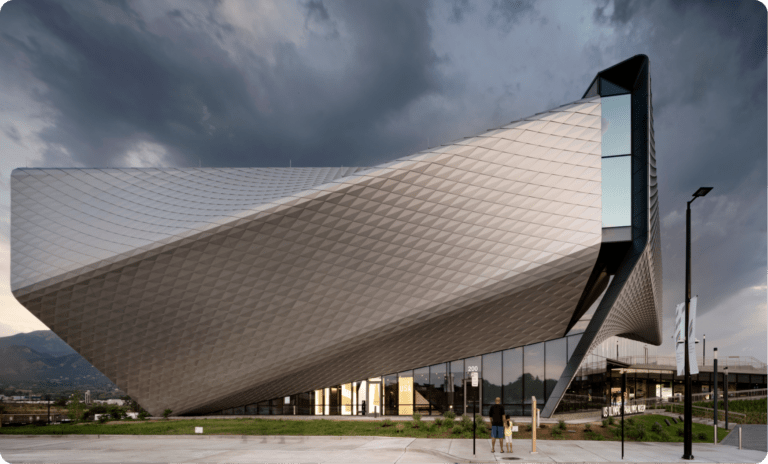
In that vein of boundary-pushing innovation, the intelligent design of the building has been inspired by contrapposto – an Italian term meaning “counterpose,” a stance in which a figure stands with their entire body weight supported over one straight leg and lets their arms fall in opposite directions.
In an unforeseen turn of events, the agility and philosophy of “counterposing” enabled the USOPM and Gallagher & Associates to get their project over the line during a pandemic. Their foresight to invest in industry-leading technology positioned the USOPM uniquely to tackle the unprecedented challenges of opening amidst a pandemic. This included comprehensive location-based experiences using a technology called radio frequency identification (RFID), to provide visitor benefit while inspiring and informing decisions for the museum’s team.
Optimizing visitor flow, reducing bottlenecks and increasing visitation
The museum quickly discovered its local and tourist audiences are early risers, facing the challenges of capacity restrictions, queues and bottlenecks at the beginning of the day. These impacted visitor flow, requiring wait times and extra handling by visitor services. Through its data, the USOPM team isolated this problem to its previous opening time at 10.00 AM. Quick to respond to this insight, the museum moved to test opening an hour earlier – with great success. Now, the Museum sees approximately 10% of its visitation at the earlier opening time – spreading demand across the morning crowd.
Path analysis reveals visitor behavior
Via RFID, but with anonymized data to protect visitor privacy, the USOPM conducted heatmap, dwell time and path analysis for its building and various spaces within – testing their visitor experience design’s path hypothesis with actual visitor movement. This gave the team the ability to understand where visitors were engaging and how, remotely observing sometimes unexpected visitor behaviors and tweaking the visitor experience.

Intelligent design through RFID
RFID works via smart tags which are tracked by a reader. For the USOPM, these form factors are a credential incorporated within the lanyard given to visitors to serve as their ticket. This is also linked to the visitor’s customer record. These tags are picked up when the visitor is nearby, by a series of sensors at points of interest throughout the museum’s galleries and other spaces (including on each of its digital interactives), helping to personalize the visitor’s experience while providing comprehensive visitor behavior data for insight. Via the Museum’s ‘Digital Locker’, visitors create avatars, inputting sports they are most interested in and are then recommended specific activities and content. RFID and visitation data informed insights at the museum ranging from general attendance monitoring to comprehensive capacity control and visitor heat map, trail route and dwell time analysis, helping the museum team and its partners at Gallagher & Associates to see their visitor experience designs come to life, while tweaking the museum’s operations – especially in response to COVID-19 restrictions.
Optimizing visitor flows via dwell time analysis
Particularly beneficial during the pandemic for tightly optimizing capacity and flow, the USOPM had real-time data on dwell time through the venue and its galleries, to analyze the amount of time visitors spend onsite and where. Dwell time tracking highlighted that on busier days, particularly weekends, dwell time was lower – prompting the museum team to investigate the impact of occupancy on the visitor experience.
One for the books
In their mission to become one of the most accessible museums in the United States, the USOPM and Gallagher & Associates can celebrate designing a venue with purpose and innovation at its forefront – one which has been resilient in the face of challenging circumstances. This museum deserves a gold medal for visitor experience and intelligence.
Download the USOPM data story pdf.
Learn from the best in the world. Share the United States Olympic and Paralympic team’s success story with your team – or just keep it for yourself to implement at your organization.
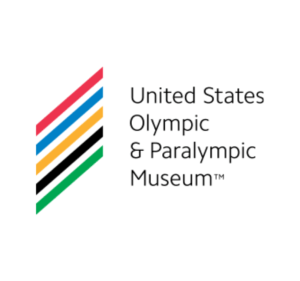
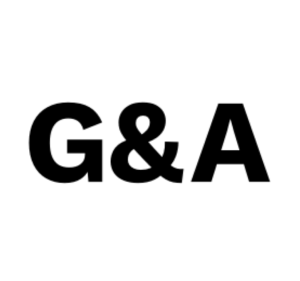
Don't forget to share:
Want to learn more about Dexibit?
Talk to one of our team to hear more about bringing big data analytics to your visitor attraction
Featured Resources
Discover industry leading resources for visitor attractions professionals
